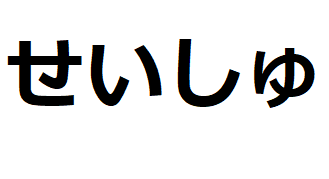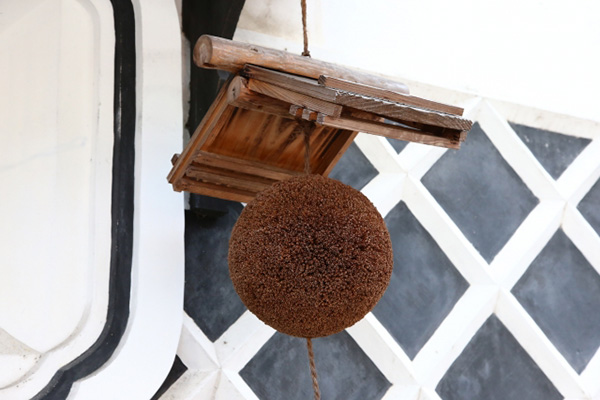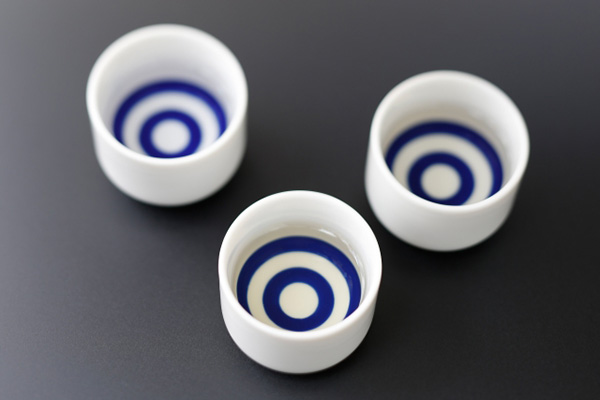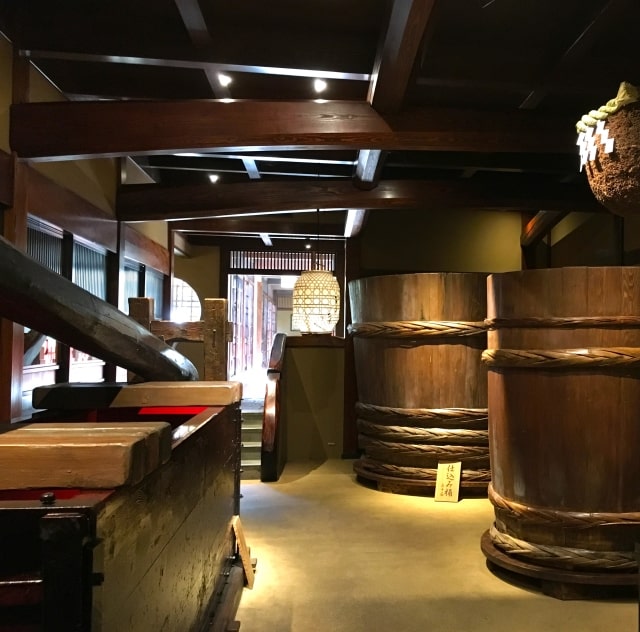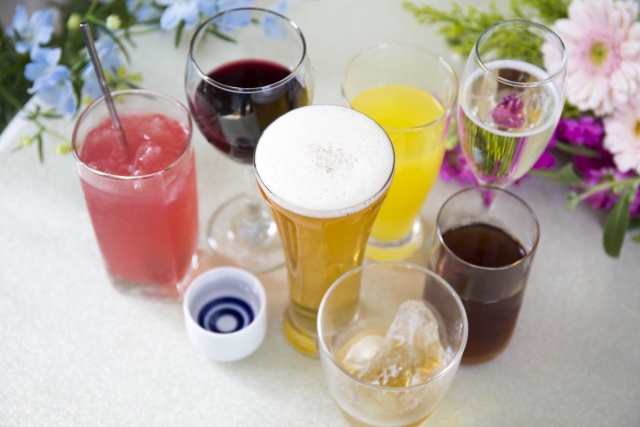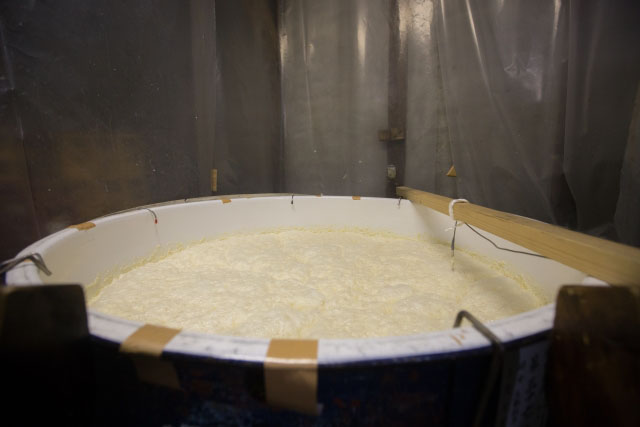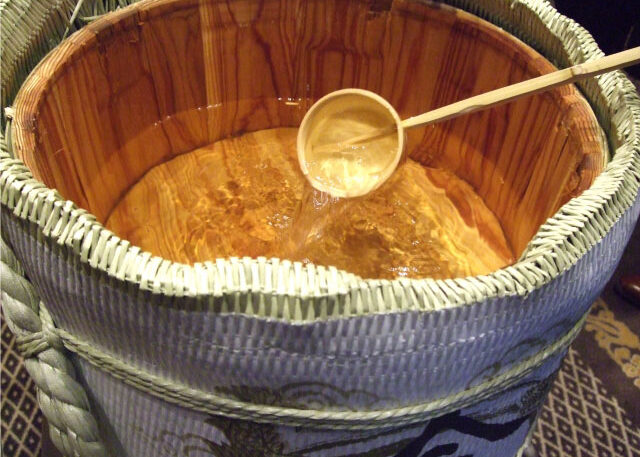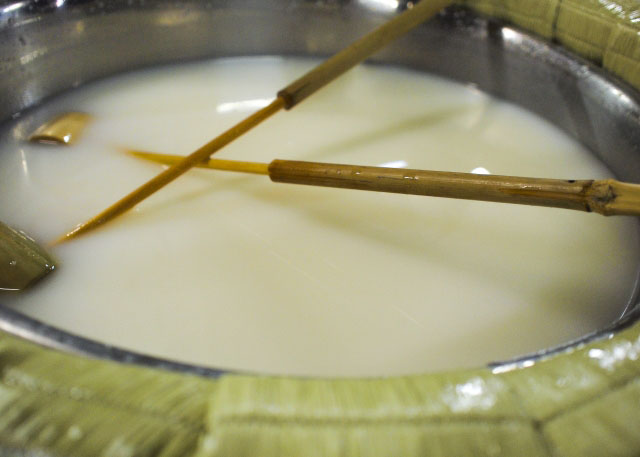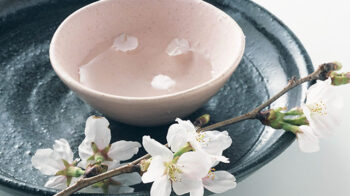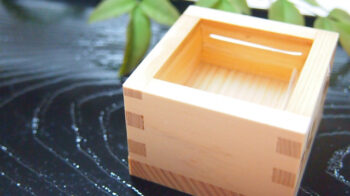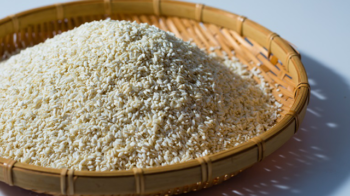How to make (Sake)
Welcome to the world of how to make (Sake).
There is an old maxim :
“First Koji, then Moto, and finally Tsukuri“.
Let learn about them.
Below is the contents of this page.
1. Moto (mother of Sake)
Let’s start from Moto.
Because Moto is the mother of Sake.
Below is the rough sketch of all the processes to make Moto.
1) Bacteria
In the Moto, the following bacteria are in activity.
i) nitrobacter derived from rice and water
ii) Koji-bacteria derived from Koji
iii) lactic acid bacteria derived from Koji
ⅳ) Sake yeast
- Firstly, i) nitrobacter reduces the nitrate in the water to nitric acid that attacks bacteria other than ii) Koji-bacteria.
- Next, when the temperature rises, iii) lactic acid bacteria which produces lactic acid multiply and expel other bacteria, including i) nitrobacter.
- When i) nitrobacter is extinguished, ⅳ) Sake yeast is added into Moto to ferment glucose produced by ii) Koji-bacteria into alcohol.
How to increase lactic acid bacteria ?
Actually, iii) lactic acid bacteria do not multiply only by increasing the temperature.
Therefore it requires one of the following methods:
a: Kimoto
With the operation called “yama-oroshi“, this is the traditional method to multiply ii)lactic acid bacteria.
By pounding cooked rice in the flat bucket, they make Koji adhere to the whole rice.
However, this operation requires a mastery difficult to learn.
Therefore, in the early 20th century, when the Sake fermentation system was scientifically elucidated, simpler methods were invented.
b: Yamahai
Yamahai literally means the abolition of yama.
As the name shows, this method can save the effort of the above yama-oroshi.
Specifically, they dissolve Koji in water and add it to cooked rice. Thus, the rice easily absorbs the Koji enzyme in the water.
c: Sokujyo
This is the simplest way to make Moto.
Specifically, they add the separately cultured ii)lactic acid bacteria.
As a result, it only takes about 14 days to make Moto.
On the other hand, it takes about 30 days in the above methods a) and b).
2) parallel multiple fermentation
As mentioned above, two processes of fermentation advance simultaneously in the Moto :
i) fermentation to get glucose,
ii) fermentation to get alcohol.
To tell the truth, such a parallel multiple fermentation is quite unique.
For example, wine is produced by one fermentation.
Because the wild yeast living in the skin of grapes ferments the glucose in grapes to alcohol.
On the other hand, beer is produced by successive multiple fermentation. Firstly, malt produces diastatic enzymes that cause saccharification and after finishing this process, yeasts are added to start the fermentation to get alcohol.
3) the highest alcohol content
Sake is a drink with the highest alcohol content in the world.
Many might say that whiskey or vodka contains more alcohol. But these percentages are earned after having distilled.
Surprisingly, the highest alcohol content of Sake is 23%.
However, it’s a little too strong for Sake and sometimes they mix it with water.
Therefore, alcohol content of Sake is generally from 12% to 20%.
Why can Sake contain so much alcohol?
As always, the reason is in Koji.
In general, the yeast dies because of the alcohol which it produced by itself.
However, the yeast made from iii) Koji–bacteria (that is to say, ⅳ) Sake yeast ) does not die thanks to lipid protein that protects itself against alcohol.
2. Moromi
In the next step, we add more cooked rice, Koji and water to make Moromi.
But we have to add them little by little, generally in three times, to avoid weakening ⅳ) yeast activities.
Thus, the scale of fermentation gradually increases (this process is called as kaké).
After the fermentation of a month, they can gain 14 times more of Moromi.
3. Pressing
As you can see, Moromi is white liquid.
By pressing and filtering the lees, Sake becomes clear.
This is what we call Seishu (clear sake).
However, there’s a type without enough filtering.
This is what we call Nigorisake. Since it keeps its original white colour, we also call it whitened Sake.
Incidentally, Nigori means turbidity.
Actually, it retains more nutrients than Seishu (clear sake), although its taste is not so refined.
4. Hi-ire
This is the final process of production method (Sake).
“Hi” means fire and “ire” means to enter. So “hi-ire” means “entering in the fire”.
In this process, the Seishu (clear sake) is heated to 65°C to stop enzyme activities and sterilize Sake.
In general, “hi-ire” is done twice:
1) after being filtered,
2) just before shipping for sale.
But only 1) or 2) are also possible.
From time to time, we can pass over the process of “hi-ire” itself.
In this case, the yeast is still active and you can taste strong “umami” flavor, although it can change rapidly in quality.
5. Kanji and Kana
1) Kanji
To learn Kanji (Chinese characters) is always interesting and beneficial to understand what the word means.
Through Kanji, we can virtually grasp not only the meaning of the word, but also the background it was born in.
Kanji for seishu is 清酒.
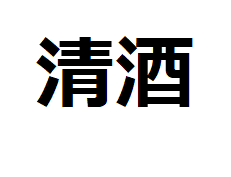
Firstly, 清.
On the left side, you can find 氵which also consists of Kanji sake (酒). This part means liquid.
On the other hand, on the right side, you can find 青 which means blue.
Originally, 清 meant clean and clear water, but gradually it came to be used for other than liquid.
Secondly, 酒.
According to the most supported theory, 酒 illustrates a pot and running water (maybe it’s a flow of Sake).
As you know, we also pronounce 酒 as Shu, such as Seishu(清酒), Nihonshu (日本酒) and Tokutei-meisyou-shu (特定名称酒).

2) Kana
There are two phonograms (kana) in Japanese: 1) Hiragana and 2) Katakana.
According to the most supported theory, both of them were formed by adopting one element of a Kanji character with similar sounding.
Originally, Hiragana were only for women. But today, it has by far the wider usage.
Talking of 2) Katakana, we use it mainly for foreign origin words.
Incidentally, there are 46 characters in both Hiragana and Katakana systems.
As for Seishu, Hiragana is せいしゅ and Katakana is セイシュ.
